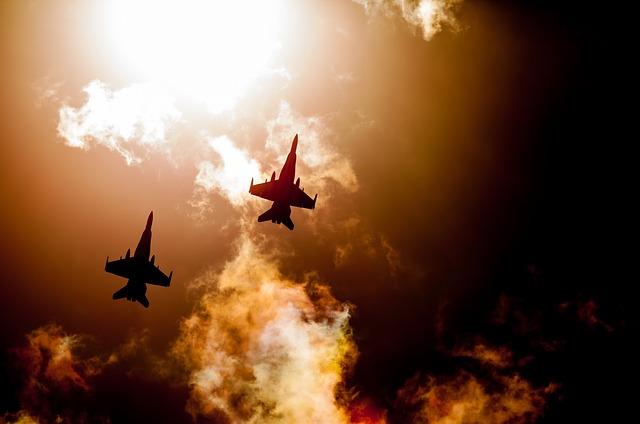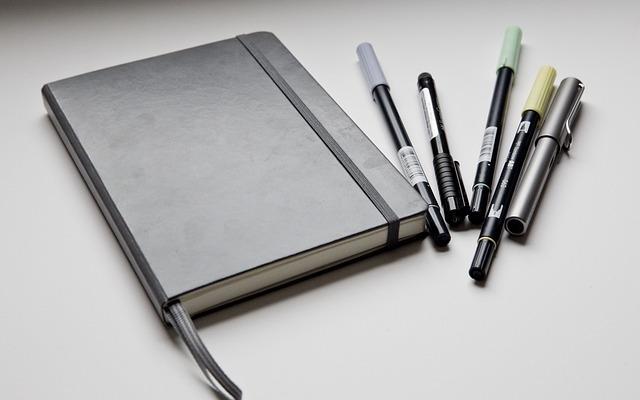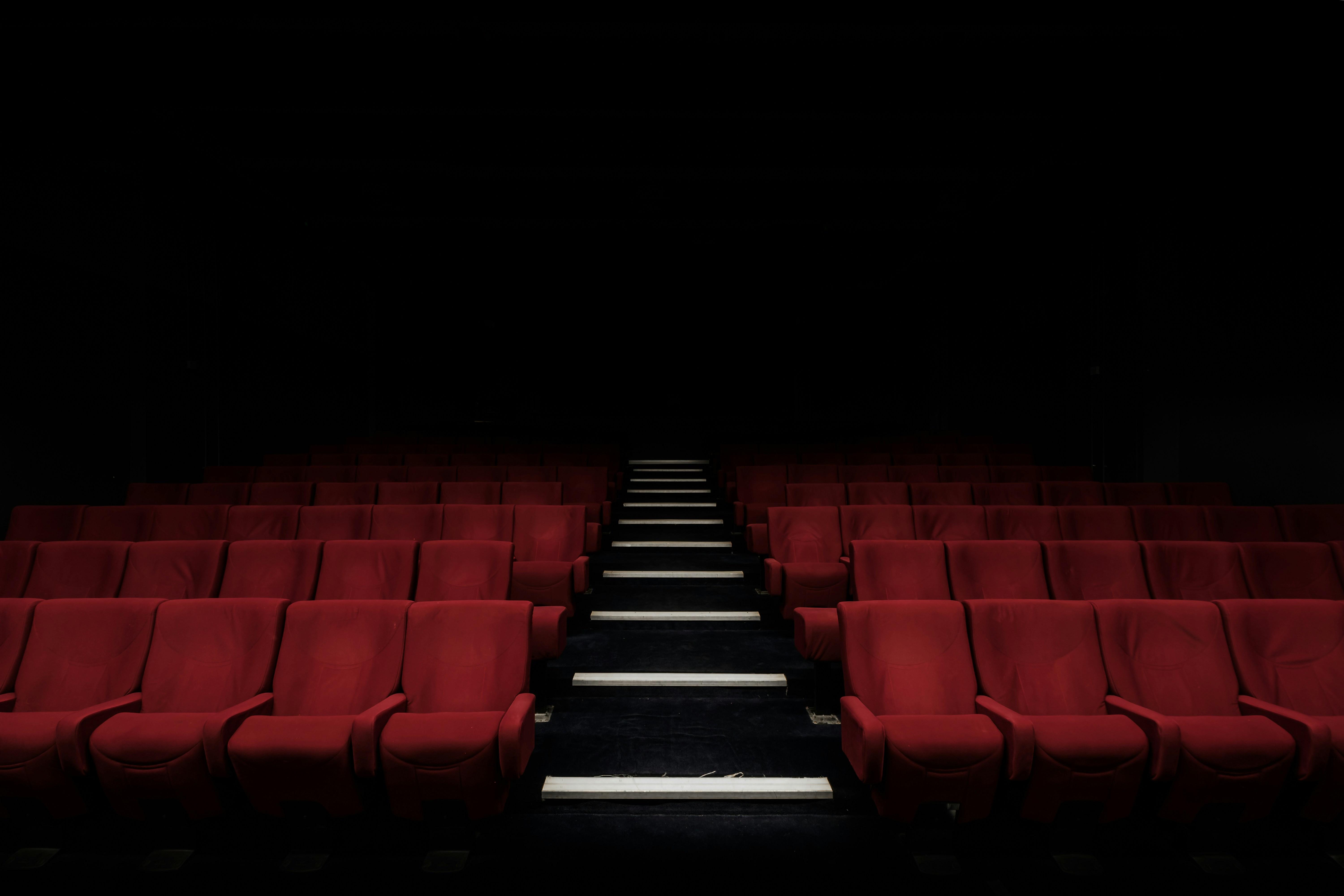In the realm of war cinema, few films have captured the visceral immediacy and emotional depth of combat as masterfully as “1917.” Directed by Sam Mendes, this cinematic tour de force transcends conventional storytelling through its innovative use of a continuous shot technique, immersing audiences in the harrowing journey of two young soldiers during World War I. By blending technical prowess with poignant narrative, “1917” not only redefines the boundaries of visual storytelling but also offers a profound exploration of the human spirit amidst the chaos of war. This article delves into the film’s groundbreaking achievements, examining how its unique approach to cinematography and narrative structure elevates it to a monumental status in the genre of war films.
Visual Storytelling and the Art of the Continuous Shot
The film “1917” masterfully utilizes the continuous shot technique to immerse viewers in the relentless journey of its protagonists. This bold stylistic choice creates an unbroken narrative flow, allowing the audience to experience the visceral intensity of World War I alongside the characters. The seamless transitions between scenes are not only a technical marvel but also a storytelling triumph, making every moment feel immediate and urgent.
Key elements of this visual storytelling approach include:
- Dynamic Camera Work: The fluid movement of the camera mirrors the soldiers’ trek, enhancing the sense of real-time progression.
- Meticulous Set Design: Every location is crafted to maintain the illusion of continuity, contributing to the authenticity of the experience.
- Emotional Engagement: By eliminating traditional cuts, the film fosters a deeper emotional connection, drawing viewers into the harrowing reality of war.
In “1917,” the art of the continuous shot is not merely a technical feat but a profound storytelling device that elevates the war film genre to new heights.

Character Depth and Emotional Resonance in a War Setting
In “1917,” the intricacies of human emotion are masterfully woven into the fabric of a war-torn landscape. The film doesn’t just showcase the chaos of battle; it delves deep into the psyche of its protagonists, revealing the personal stakes that drive their harrowing journey. Through the lens of Sam Mendes, the audience experiences the raw vulnerability and determination of soldiers who are not just fighting an enemy, but also battling their inner fears and desires. The film’s unique one-shot technique further enhances this emotional depth, allowing viewers to remain intimately connected to the characters’ experiences in real-time.
- Realism and Relatability: The characters’ interactions and decisions reflect genuine human responses, providing a sense of realism that resonates deeply with the audience.
- Personal Sacrifices: Each character’s journey is underscored by their sacrifices, adding layers of complexity to their motivations and actions.
- Emotional Tension: The film’s tension is not only derived from the external conflict but also from the internal struggles of its characters, creating a multifaceted narrative.
This blend of personal narrative and historical context elevates “1917” beyond a traditional war film, crafting an experience that is as emotionally compelling as it is visually stunning.

Historical Accuracy and Immersive Set Design
The film “1917” stands as a testament to meticulous historical accuracy and immersive set design, creating an authentic portrayal of World War I. The filmmakers collaborated with historians and military experts to ensure every detail—from uniforms to trench layouts—reflected the era with precision. This commitment to authenticity is evident in the film’s ability to transport audiences back to the harrowing battlefields of the Great War, offering a visceral experience that feels both genuine and immersive.
- Authentic Uniforms: Costumes were crafted to match the exact specifications of the period, down to the smallest insignia.
- Detailed Trench Systems: The trenches were reconstructed with a focus on accuracy, mirroring the complexity and claustrophobia of historical battle sites.
- Period-Accurate Props: Weapons and equipment were sourced or replicated to match those used during the war, enhancing the film’s realism.
The set design extends beyond mere aesthetics; it functions as a character within the narrative, shaping the soldiers’ journey and influencing their every decision. This dedication to detail not only grounds the story in reality but also elevates the film’s emotional impact, allowing viewers to fully engage with the intense and poignant story being told.

Sound Design and Musical Score as Narrative Tools
The film “1917” employs sound design and a musical score as powerful narrative tools, transforming the viewer’s experience into an immersive journey. Thomas Newman’s score is a masterclass in subtlety and intensity, weaving seamlessly with the on-screen action to enhance emotional depth and tension. Dynamic shifts in the music underscore moments of high stakes and quiet reflection, guiding the audience through the harrowing landscapes of war.
- Atmospheric Soundscapes: The sound design captures the visceral reality of the battlefield, from the distant rumble of artillery to the haunting silence between conflicts.
- Emotional Resonance: Newman’s compositions elevate the narrative, using motifs that mirror the characters’ internal struggles and triumphs.
- Seamless Integration: The score and sound effects blend effortlessly, creating a cohesive audio environment that enhances the film’s continuous shot technique.
By intertwining sound and score with visual storytelling, “1917” achieves a compelling narrative rhythm, making every auditory element a crucial part of its storytelling arsenal.

